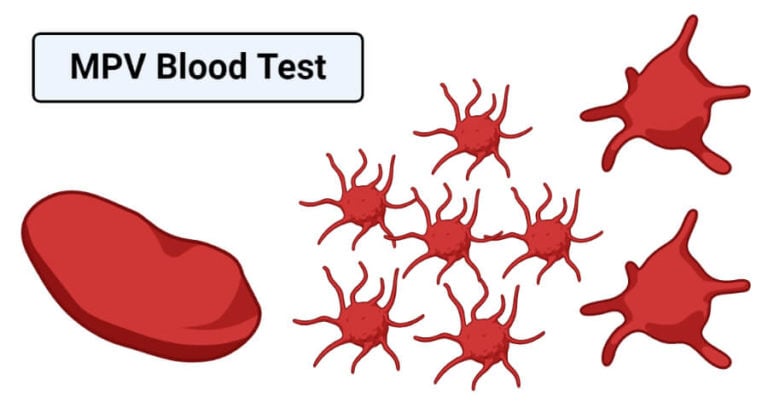

If you have moderate or severe thrombocytopenia, it’s more likely to be caused by a condition you already have, such as lupus. If your count is below 50 million per ml of blood, your doctor will class it as severe thrombocytopenia, although this is very rare. Your doctor will class this as moderate gestational thrombocytopenia. This happens to about one in 100 pregnant women. You should be offered extra tests if your platelet count falls below 100 million per ml of blood. The result is that you have fewer, but younger and larger, platelets in your blood. In pregnancy, this process is speeded up.

But, for most women, the count is still in the normal range. Pregnancy naturally causes a slight fall in your platelet count, particularly if you’re expecting twins. On average, adults have between 150 million and 450 million platelets per millilitre (ml) of blood. Platelets are cells that help your blood to clot when it needs to. Your platelet count is usually checked during a routine blood test, taken at one of your antenatal appointments. It affects about one pregnant woman in 10 and usually develops in mid to late pregnancy. If your platelet count drops below normal levels during pregnancy, it's most likely that you have a common pregnancy condition called gestational thrombocytopenia.


 0 kommentar(er)
0 kommentar(er)
